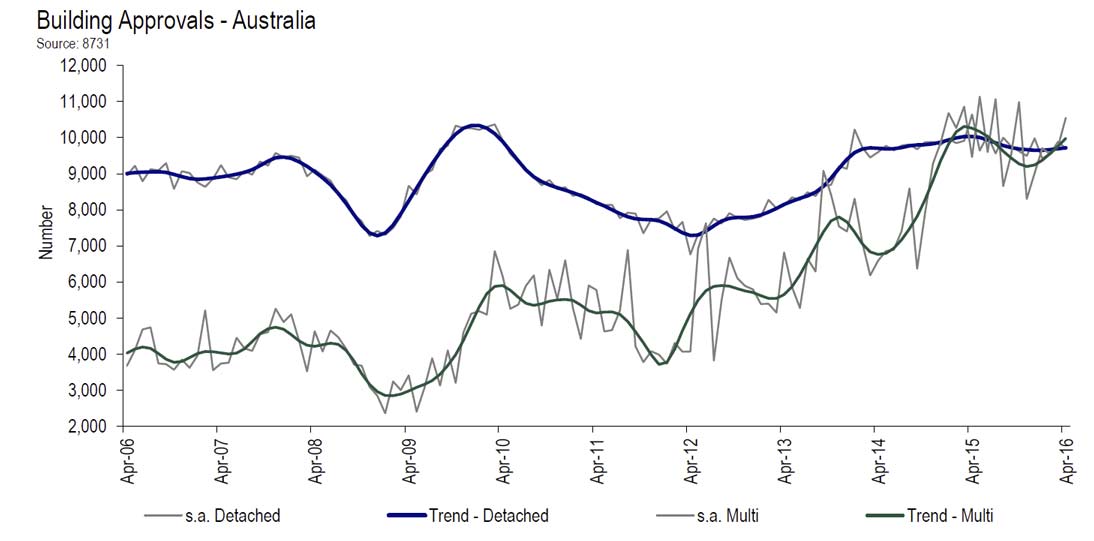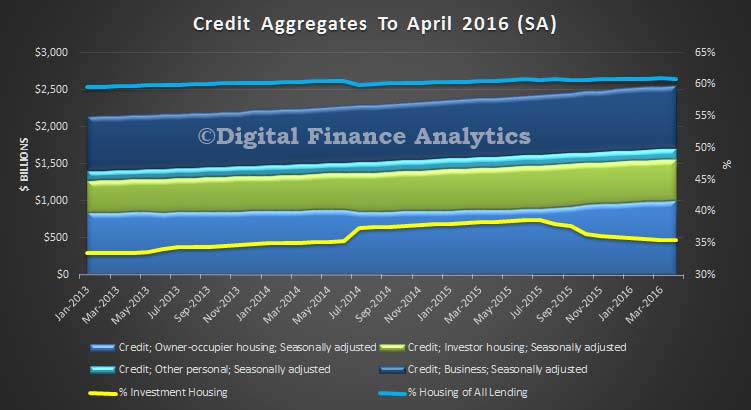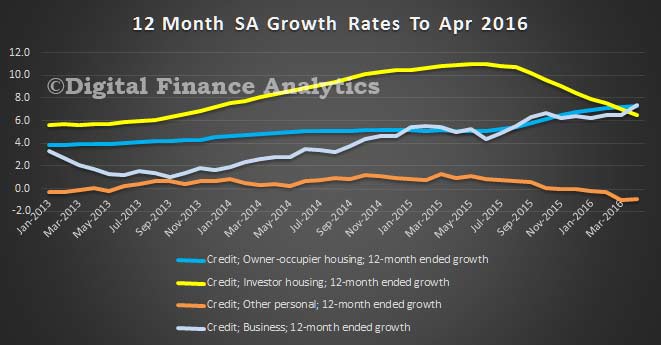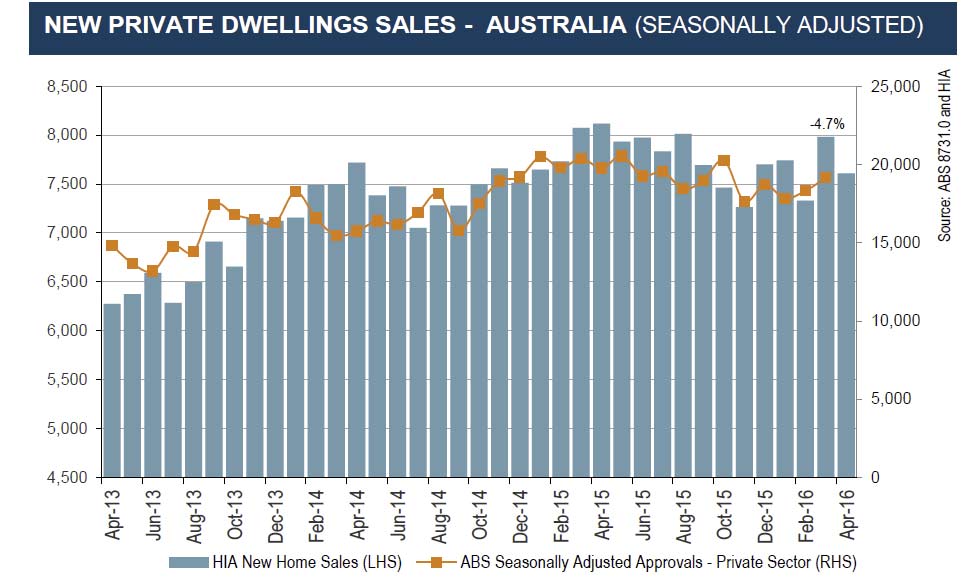Mortgage underwriting is all about correctly assessing risks. How much is the property worth? How big is the loan? How well placed are the borrowers to repay the loan? What is the credit risk? But, according to a new discussion paper There goes the neighbourhood: Climate change, Australian housing and the financial sector by the Climate Institute, banks and their customer need to be more alert to risks associated with Climate Change.
I spoke to the author, Kate Mackenzie, about the paper which highlights important issues for lenders and prospective purchasers. She says banks should be undertaking detailed portfolio modelling to analyse the current and future risks in their property loan portfolios (after all their insurers have the data), and prospective purchasers should be exploring the impacts from floods and other natural forces before purchase (there are tools available, or try getting online insurance quotes for a prospective property). She says that Local Authorities may sometime grant planning approvals on land which is or will become risk prone, and buyers should beware.
The report says that some of the homes built, bought and sold in Australia are vulnerable to flood, cyclone and bushfire, as well as growing risks such as storm surge, landslip and coastal erosion. Australia is highly exposed to climate change and this will exacerbate many of these risks. Whilst It is often possible to “defend” or “adapt” housing to some of these risks, not all are adaptable, and some only at a prohibitive expense.
Unsurprisingly, individual buyers and residents are often unaware of risk levels, particularly rising levels of risk or emerging risks. Even when public authorities, financial institutions and other stakeholders possess information about current and future risk levels, they are sometimes unwilling, and sometimes unable, to share it with all affected parties.Thus, foreseeable risks are allowed to perpetuate, and even to grow via new housing builds. The full scale of the risk may only be recognised either through disaster or damage, or when insurance premiums become unaffordable. Any of these events can in turn affect housing values. Damaged, destroyed or devalued housing has social costs – either to individuals, or to the broader public via government. Australia’s housing stock is expanding, and with continuing gaps in policy, regulations and industry, it is highly likely that some of this new stock is more vulnerable than buyers, residents and other stakeholders would assume.
Virtually all banks, in every year, clearly identified risks of climate impacts to their own operations, and describe measures taken to ameliorate this. Most banks, in most years, cited indirect risk via institutional financing, in particular to the agricultural sector. In some cases, banks described developing and deploying screening methods to ameliorate this risk.
However, references to climate impacts via residential property were far patchier. Several banks, for example, referred to material risks via their customers’ ability to repay mortgages, and even referred to studies of the aggregate exposure of Australian housing to climate impacts. Moreover, the banks’ own industry group, the Australian Banking Association, has been relatively silent on this matter.
Industry has tended to defend its position, but the paper offers some important commentary on their arguments.
1. Property value in land: The assertion that the property’s value is solely in the land rather than the building will be irrelevant in several scenarios, particularly when we consider climate change. For example, there are limitations to measures that can mitigate the effects of coastal erosion. Land that is at increasingly frequent risk of flooding may be still suitable for dwellings, but the increasing cost will reduce the value of the properties. This has been seen in bushfire prone areas.
2. Full-recourse loans protect banks: Australian mortgages are almost universally issued on a “non-recourse” basis. This means that, in contrast to some US states, borrowers cannot simply “hand back the keys” to their lender, thereby offloading their obligations. In Australia, the risk of property devaluation remains with the individual, while the banks are relatively protected from a scenario in which borrowers default on properties that become worth less than the amount of the outstanding loan.
3. Already incorporated into credit risk practices: A review of big four bank submissions to CDP (formerly Carbon Disclosure Project) reveals a broad range of approaches to physical climate risk in the residential mortgage portfolio. While all banks discuss climate impact resilience measures for their own property portfolio (bank branches etc.), and two banks mention incorporating physical climate risk into their commercial lending practices, there is little mention of incorporating physical climate risk into residential property lending risk assessments.
4. Size and distribution of property portfolios mean this couldn’t be material for big banks: Several banks have already disclosed exact amounts of provisioning following natural disasters. In fact, at least three of the big four banks have individually acknowledged there is some risk. Westpac has acknowledged in several CDP submissions that increased flood risk from climate change represents a risk to its mortgage and other loan assets, ANZ in 2007 said it would begin to devise a method to analyse this risk and NAB states that it is exposed to the physical effects of climate change to its customers, not only in residential property, but also as an agri-business lender.
It is true that all amounts of costs incurred to date are small relative to the banks’ overall balance sheets – for example, NAB reported a $76 million provision for bad and doubtful debts associated with the 2011 floods in Queensland and Victoria. However the nature of climate change means these risks will increase – particularly if urban, coastal development continues to grow without adequate resilience standards.
5. Use of mortgage insurance removes risk to banks: Mortgage insurance is taken out by banks to protect against loss from mortgage defaults, particularly where the loan-to-valuation ratio is high, or when the borrower is deemed high risk. Lenders mortgage insurers (LMIs) are the providers of this cover. In terms of financial risk, LMIs will specifically not cover loss due to natural hazards. There is also debate around the role of LMIs in Australia, in terms of their own financial stability and their role in the broader financial system. An RBA report in 2013 noted that while industry practices have mitigated some risks related to LMIs, they are highly correlated to the broader mortgage market. Therefore, in a credit market downturn, LMIs could be procyclical, or at least fail to be counter-cyclical. Another limitation of LMIs is that they only cover about a quarter of all mortgages. The limitations of LMIs as a hedge against mortgage losses are illustrated by mortgage-related losses suffered by several banks due to natural disasters. Finally, Australia’s prudential supervisor, APRA, has explicitly limited the amount of protection that banks can assign to LMI, by placing a floor of 20 per cent for “loss given default” on internal risk-based (IRB) models. This is the same whether or not the mortgage is covered by LMI.
6. Average mortgage duration: Average mortgage age in Australia is thought to be around 4.5 to 5 years. However this is an average from a market that has, in aggregate, grown every year for decades. Although definitive data is not collected on non-securitised mortgage age, it is likely a proportion is due to owners “cashing out” as prices rise. This is unlikely to be a mitigating factor for banks with up to 25-year mortgage exposures on risky properties.
The paper recommends Australian banks should:
- examine climate risk to their own mortgage books and ensure it is integrated into their risk assessment processes
- use their role as the predominant providers of property development finance to support good policy – both through individual commercial lending decisions and through submissions to and engagement with policymakers
- work with other stakeholders – in the public, private and civil society sectors – to research and develop ways to minimise climate impact risk to housing, and to address losses that will occur in an equitable way
- actively support the development of: an open and accessible platform for natural peril data, including both historical incidence and projected or emerging risks due to climate change and policy to achieve this outcome
- make information publicly available so that market expectations can adjust gradually, avoiding sudden, detrimental impacts.
The Climate Institute is Australia’s leading climate policy and advocacy specialist. Backed primarily through philanthropic funding, the Institute has been marking solutions to climate change happen, through evidence based advocacy and research, since 2007.






